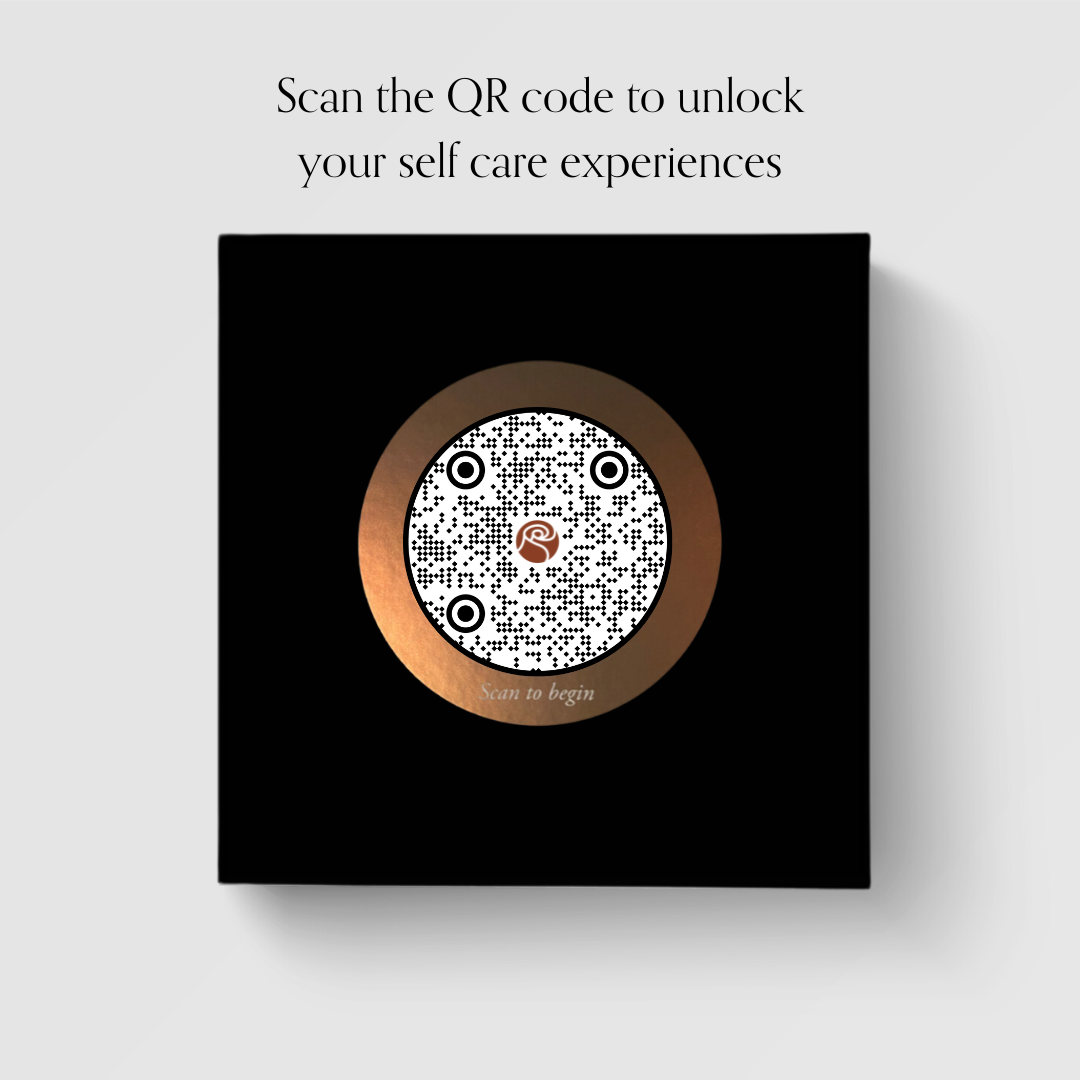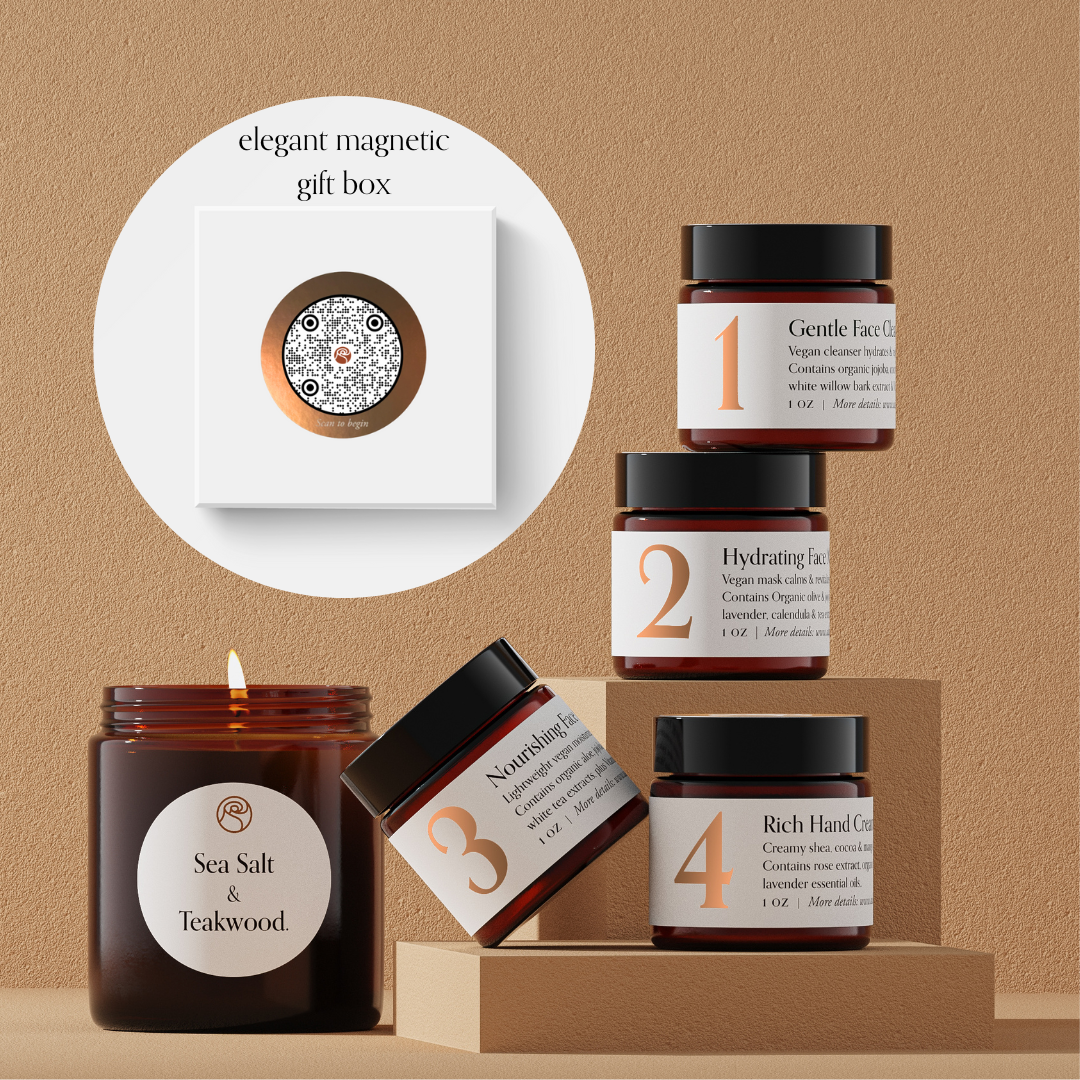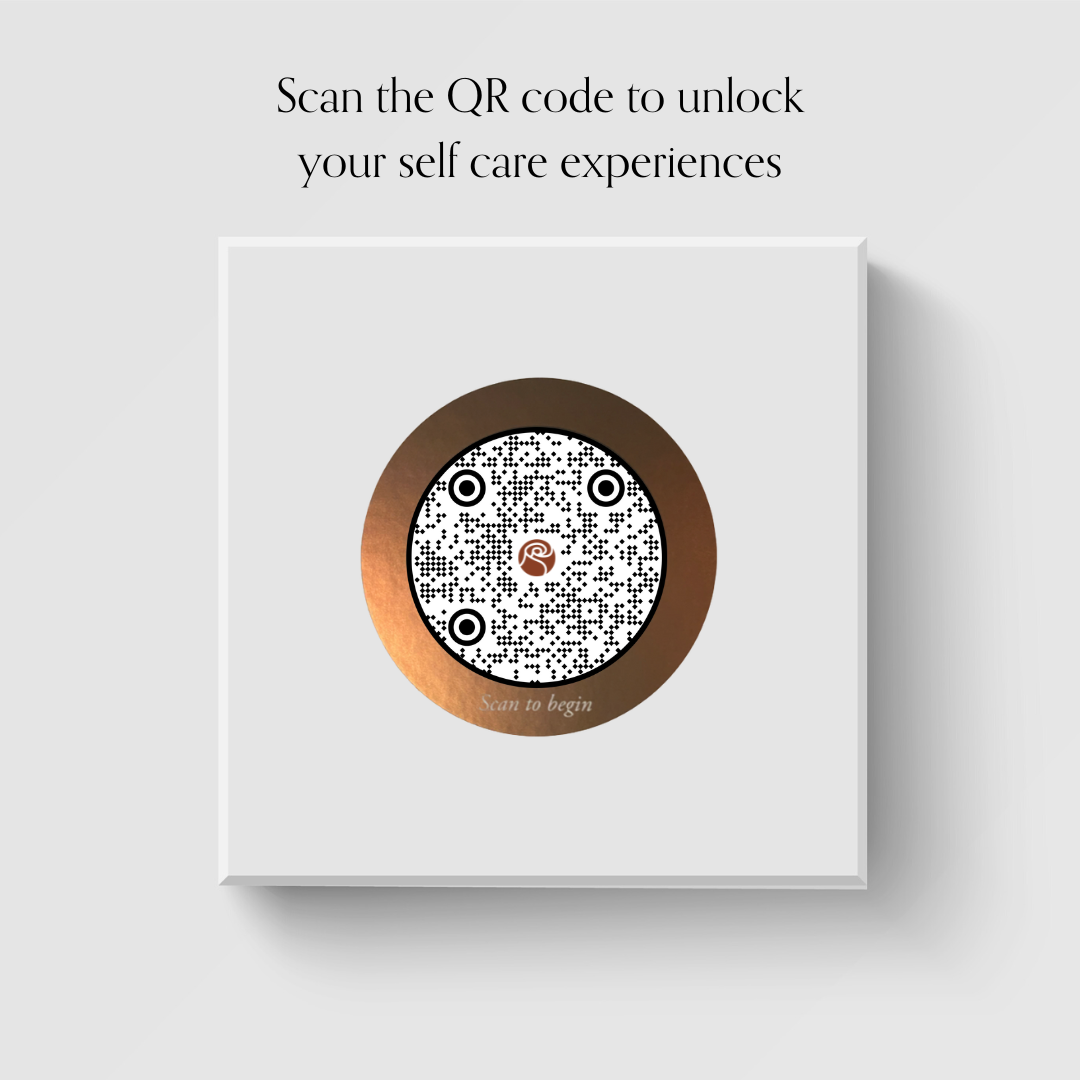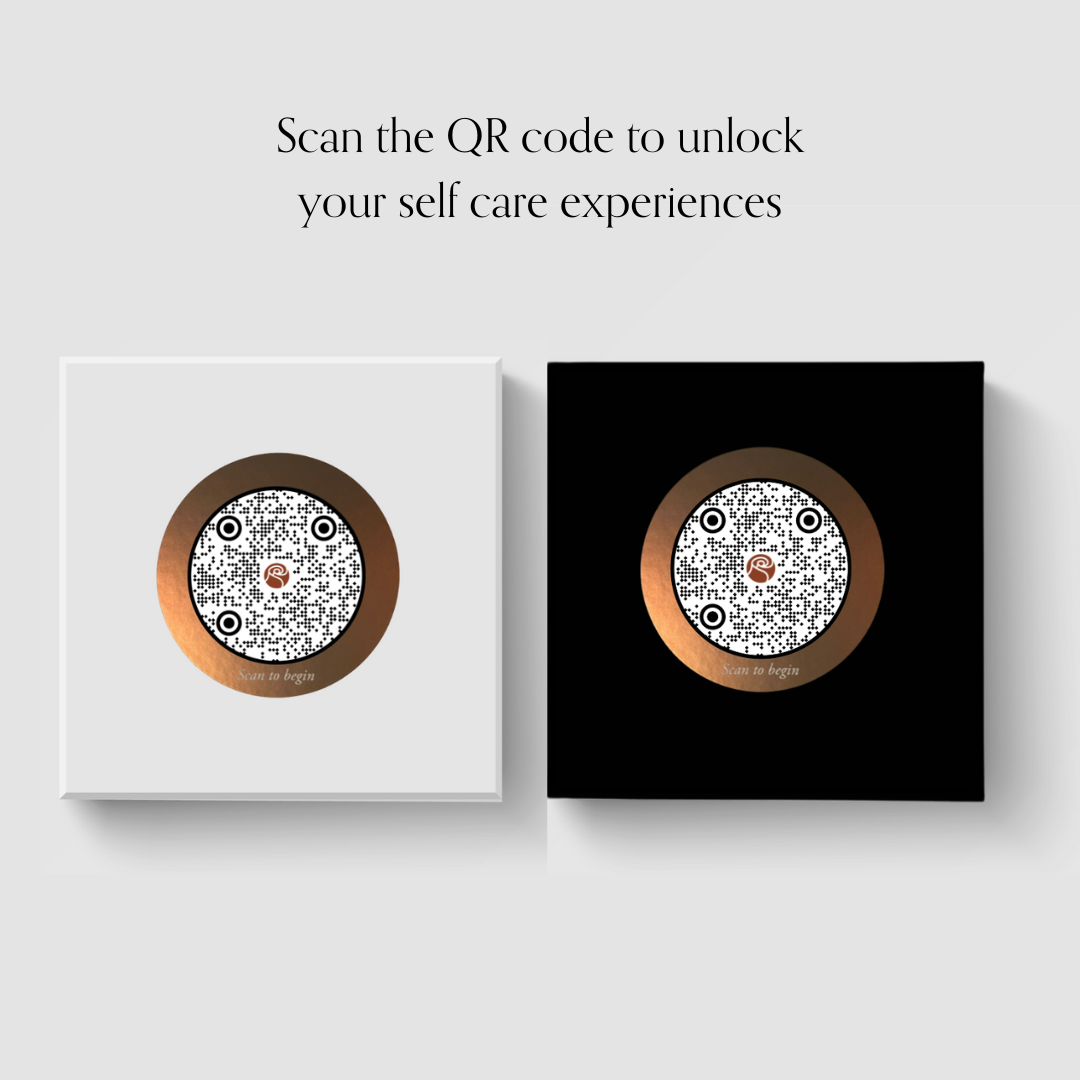We've all experienced the positive power that rhythmic sounds, such as music or other natural sounds (like ocean waves when connecting with nature), can have on our moods, energy, and ability to concentrate.
Sound healing works in a similar way: it helps us to feel more grounded and relaxed due to the way it impacts our brain function and our ability to handle stress.
Also called “sound therapy,” sound healing typically involves lying down (or sometimes doing a slow-paced yoga flow) while listening to calming vibrational sounds.
Studies show that sound healing can help us to process difficult emotions more easily, mitigate the effects of anxiety, and allow us to rest and sleep better.
How Sound Healing Works
What is sound healing exactly? It's a therapeutic practice in which you listen to sounds produced by singing bowls, gongs, harps, tuning forks, and other instruments.
To get the greatest benefits, you need to focus your full attention on the sounds in your environment, meaning you remain mindful, still, open, and receptive to the sounds' sensations and effects, without distraction.
Sound healing is believed to work via the process of “entrainment,” which refers to the way the body gradually syncs with biological and external rhythms. Thanks to entrainment, vibrational sounds can impact mental health and cognitive performance by shifting our brain waves. Different types of instruments produce different frequencies of sounds, and each type has unique effects.
Through entrainment, our brains essentially follow the frequency of the sounds we're hearing and then attune to it, which impacts how alert versus relaxed we feel. The same concept applies to breathing exercises and meditation, in which our minds and bodies become calmer through following the rhythm of our breath.
Usually, we are in a resting state called “normal beta state” (or “waking consciousness”), however, it's thought that sound healing can shift us into other states including:
-
Alpha (a relaxed consciousness)
-
Theta (a calm, meditative state)
-
Delta (the deepest, restorative sleep state, which is associated with a strong relaxation response)
This shift to these other states means that sound healing can lead to physical and mental health benefits such as:
-
Helping to calm us down when we're feeling stressed, anxious, angry, or depressed.
-
Allowing us to sleep more easily.
-
Helping to reduce pain and inflammation, which are both associated with heightened stress.
-
Supporting the release of stagnant or stuck feelings and energy in the body, such as those we repress or ignore because they're painful.
-
Promoting "spiritual well-being" and feelings of connectedness.
-
Improving general health, due to reductions in stress, resulting in benefits such as healthier blood pressure and blood sugar levels, as well as improved heart rate variability, which indicates strong cardiovascular function.
How to Practice at Home or Attend a Class
It's possible to practice sound healing in the comfort of your home (for free!) by listening to recordings, such as those available for free on YouTube or other streaming services.
However, many people find that sound healing is most impactful when it's experienced live and in-person, whether at home using instruments or in a class.
If you're interested in trying sound therapy at home, you can use your own voice to recite mantras or hymns, or use drums, singing bowls (such as Himalayan or Tibetan bowls), or tuning forks. These are available online and in some stores that sell yoga props, meditation tools, or other musical instruments.
If you're new to sound therapy, it's recommended that you begin by attending an in-person class led by a professional, such as classes or workshops offered at yoga and meditation studios. Most sound healing classes are between 45 and 90 minutes long and utilize a range of instruments and guided meditations.
In addition to listening to the sounds in your environment while practicing sound healing, you can take the experience to the next level by incorporating other types of mind-body practices.
These can include breathing exercises, restorative yoga, body scan meditations, and vocal toning exercises (in which you match your voice to the sounds or music you’re hearing). All of these modalities can further help you to relax, gain self awareness and self compassion, and let go of tension held inside your body.











